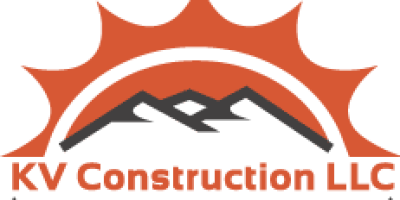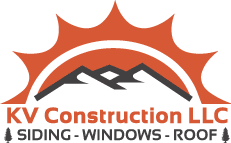The Hidden Threat of Dry Rot in Multi-Unit Residences
Dry rot is a pervasive issue that can significantly impact the structural integrity and safety of apartment buildings. This fungal decay, caused by certain species of fungi, primarily affects wooden structures, leading to deterioration and potential hazards if not promptly addressed. Understanding the causes, identification, and effective treatment of dry rot is crucial for property owners and managers to maintain the longevity and safety of their buildings.
Identifying Dry Rot: Early Detection is Key
Dry rot typically manifests in wood that has been exposed to moisture over time. Key indicators include:
- Wood that appears dry and crumbly.
- A musty, damp odor.
- The presence of fungal growth, often resembling cotton wool.
- Wood darkening or showing signs of shrinkage.
Early detection of these signs is vital in preventing the spread of dry rot, which can rapidly compromise the structural integrity of the building.
Causes of Dry Rot in Apartment Buildings
Several factors contribute to the development of dry rot in apartment complexes:
- Poor Ventilation: Inadequate ventilation, especially in areas like basements and attics, creates a humid environment conducive to fungal growth.
- Plumbing Leaks: Persistent moisture from leaking pipes provides an ideal breeding ground for dry rot fungi.
- Ineffective Water Drainage: Improper drainage systems can lead to water accumulation around the building’s foundation, affecting wooden structures.
- Older Building Materials: Older buildings often have more organic material in their construction, making them more susceptible to dry rot.
Effective Solutions for Dry Rot
Professional Assessment and Repair
At KV construction LLC, we specialize in diagnosing and treating dry rot in apartment buildings. Our team of experts conducts thorough inspections to assess the extent of the damage and recommend the most effective treatment plan.
Removing Affected Materials
The first step in addressing dry rot is the removal of all decayed wood and other affected materials. This process involves carefully extracting the compromised sections to prevent the spread of the fungus.
Treating and Replacing Wood
After removing the decayed materials, the surrounding areas are treated with fungicides to eradicate any remaining spores. New, treated wood is then installed to replace the removed sections, ensuring the restored areas are resistant to future fungal attacks.
Preventative Measures
Prevention is key in managing dry rot. Regular maintenance checks, effective ventilation systems, and prompt repairs of leaks and drainage issues are essential in preventing the occurrence of dry rot.
KV Construction LLC: Your Partner in Dry Rot Solutions
As a leading siding company in Seattle, KV construction LLC is committed to providing top-notch solutions for dry rot in apartment buildings. Our expertise in siding repair in Seattle, coupled with our dedication to quality and customer satisfaction, makes us the go-to choice for property owners facing dry rot challenges.
Conclusion
Dry rot in apartment buildings is a serious concern that requires immediate attention. Early detection, professional assessment, and effective treatment are crucial in managing this issue. With KV construction LLC, property owners in Seattle and Bellevue can rest assured that their buildings are in capable hands, safeguarded against the detrimental effects of dry rot. Our commitment to excellence in siding repair and installation in Seattle ensures that your property remains structurally sound and aesthetically pleasing for years to come.


